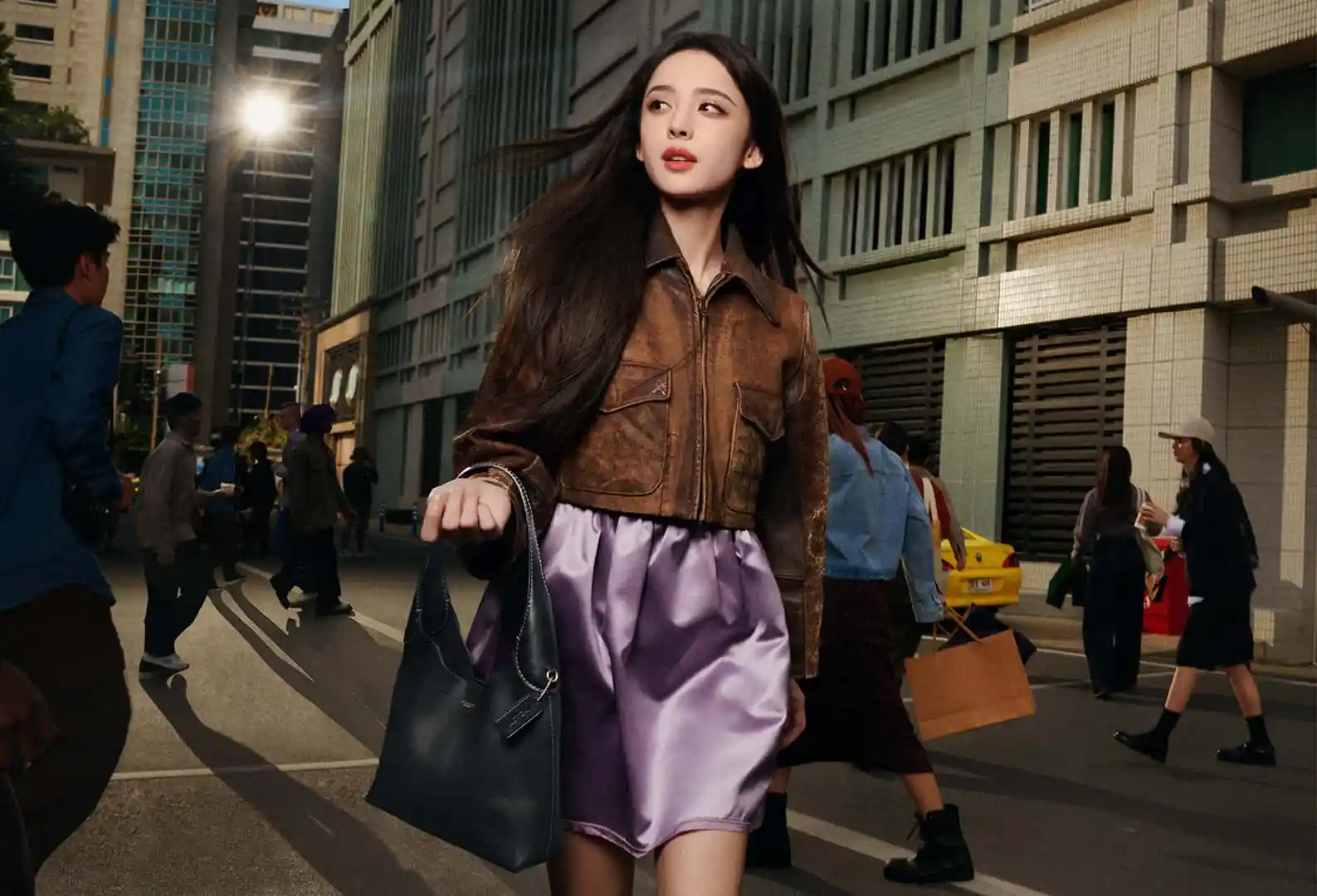Very early signs indicate that the luxury market is so far ‘undeterred’ by the political and economic unrest unfolding around the world. But for how long?

Very early signs indicate that the luxury market is so far ‘undeterred’ by the political and economic unrest unfolding around the world. But for how long?
A selection of jewellery by Tiffany & Co, made of gold and other precious metals and gems
For anyone who’s anyone in the luxury industry, the past few days have been all about the markets. If ever there was a time for our often insular sector to be studying the bigger political and macroeconomic picture, it has been ‘now’. And indeed, the weeks to come.
“Growing alarm drives gold to records” was how the Financial Times chose to word its banner on the bullion market on Friday. Seen as a safe haven, the price of gold soared as the US Congress dithered over raising its debt ceiling, which spiked interest among investors in commodities like gold.
How this might affect the fine jewellery sector will depend in part on how long and how high the prices continue to rise – not to mention how exposed the various brands are to buying gold on the open market.
“ The soaring price of gold was a mere footnote compared to the saga over the Eurozone crisis and whether that might trigger another global economic meltdown ”
But the price of the precious metal was a mere footnote compared to the ongoing saga that has everyone on edge. The fear is that, combined with the downgrading of the American government’s credit rating, the current Eurozone crisis could turn recent ‘jitters’ in international stock markets into a second global financial meltdown.
On Saturday, The Wall Street Journal, declared that “Europe has dramatically scaled up its efforts to stanch its sovereign-debt crisis since the start of last year, but to no apparent avail as the turmoil threatened this week to overwhelm Spain and Italy.”
The concern among economists is that if these large European economies default, it could trigger a mass contagion elsewhere. And just like the credit crunch of 2007 led to a dramatic fall in consumption across most product categories, so too would a similar crisis. But would the luxury market suffer this time as well?

Nervous-looking traders at the New York Stock Exchange
Early last week, at the height of the congressional stalemate over President Obama’s $2.1 trillion debt-limit increase, a New York Times reporter was preparing her research on the prospect of selling luxury goods in a fundamentally bad economic climate again. Her conclusion? The headline said it all, really: “Even Marked Up, Luxury Goods Fly Off Shelves.”
“Even with the economy in a funk and many Americans pulling back on spending, the rich are again buying designer clothing, luxury cars and about anything that catches their fancy,” wrote Stephanie Clifford. “Luxury goods stores, which fared much worse than other retailers in the recession, are more than recovering — they are zooming. Many high-end businesses are even able to mark up, rather than discount, items to attract customers who equate quality with price.”
Citing the research service MasterCard Advisors SpendingPulse, Clifford went on to say that the luxury category had posted 10 consecutive months of sales increases compared with the year before, even as overall consumer spending on other categories had been “tepid”. So why the bullish behaviour?
“With the overall economy nowhere near its recession lows, buying nice, expensive things is back in vogue for people who can afford it,” she insisted.

A gift box from Hermès
Forbes was singing to the same tune, belting out figures like Tiffany and Co.‘s reported quarter sales that were up 20% and LVHM’s reported H1 sales growth of 13% as evidence.
“It is 2011: the United States is in the midst of an economic crisis and everybody is desperately attempting to save money. That is, everybody except for the rich who continue to buy luxury goods at elevated prices…The rich are not spending as willingly as they were before the recession but they are approaching the height of that cash flow. One simply has to look at the numbers in order to recognize the trend.”
Never mind that the data being tossed around is retrospective and that the consumer exuberance observed one week before the stock market plunge and the eurozone crisis clearly doesn’t reflect how luxury consumers will react if things get markedly worse. But the story was too good for most publications to resist.
In Australia, The Sydney Morning Herald took the opportunity to use the unveiling of a newly refurbished Hermès store there to echo the predominant view.
“Sydney retailers may be struggling, but the top end of town is undergoing a renaissance,” ran the headline of a story that quoted the firm’s Australian managing director, Karin Upton-Baker, as saying that in difficult economic times, ‘There is a definite instinct of the flight to quality.’”
The suggestion being, of course, that Upton-Baker feels optimistic that her balance sheet will be healthy regardless of how things pan out on Main Street. But, as Forbes duly noted, during the last recession, one of the reasons that many mature markets like the US and Europe suffered so badly was because spending by the rich also fell off sharply.
So are all these suggestions by the media that, if the global economy does – heaven forbid – become unhinged, the wealthy will behave differently than they did the last time around?
One crucial part of the equation depends an issue that few seem to be prepared to talk about: the tone that the media itself uses. For if the popular press recognizes that spending by the wealthy on what they so often characterize as ‘conspicuous and outlandish luxuries’ is actually helping the overall economy to recover, then luxury consumers may not be so quick to retreat again out of ‘luxury guilt’.
True, the wealthy may still spend less out of their own self-interest or financial instincts – or because of a decrease in their net worth due to deflated assets – but at least the overall effect should be that they spend more proportionally than they did during the dire years of 2008-2009.










